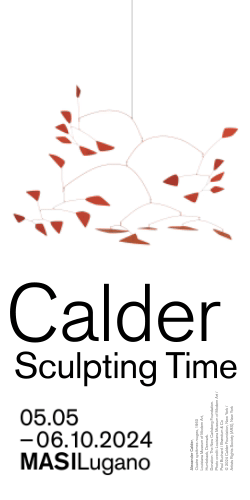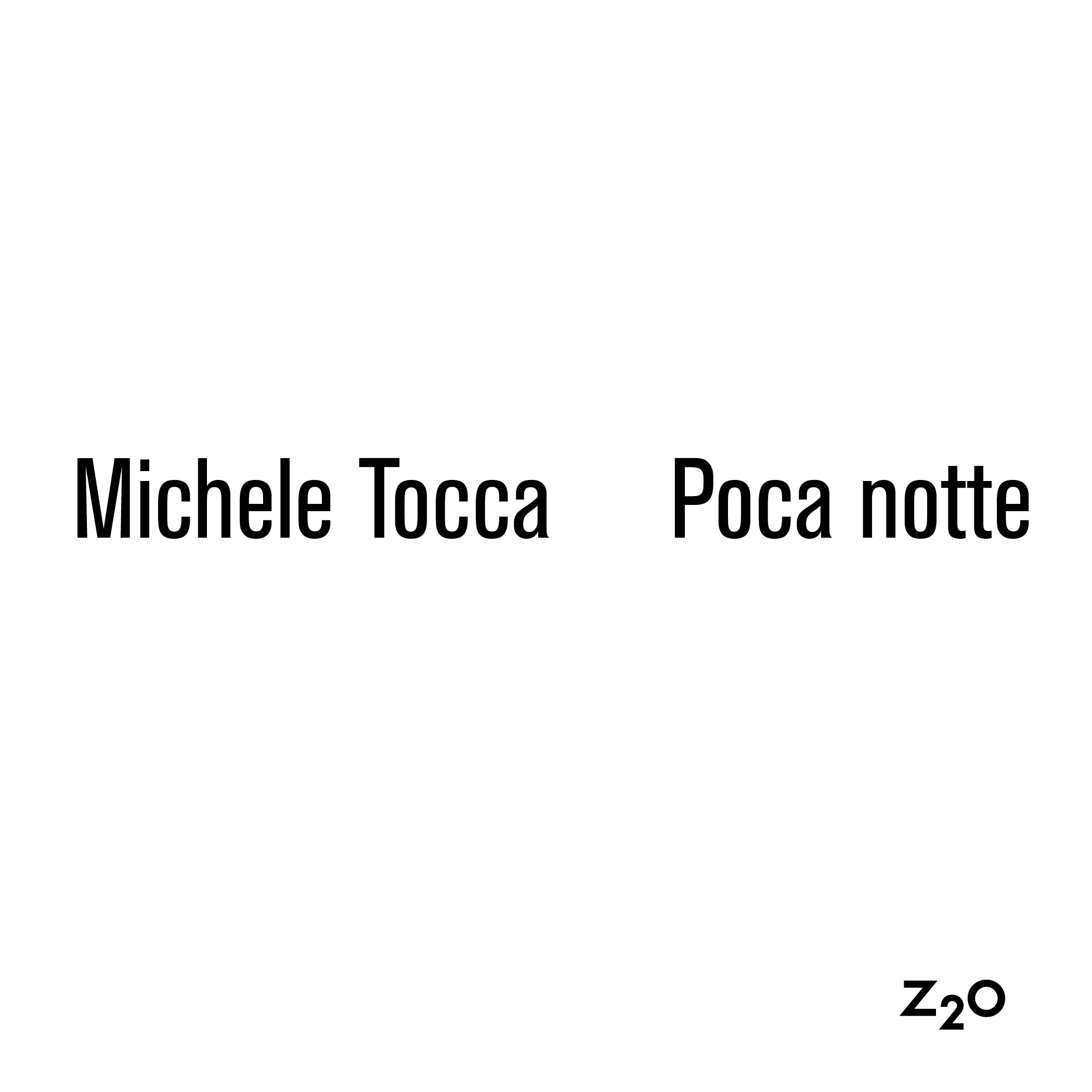[nemus_slider id=”72817″]
—
Marguerite Humeau, vincitrice della seconda edizione del Battaglia Foundry Sculpture Prize, sta portando a termine il capitolo finale di Riddles, progetto complesso che esplora la figura della sfinge attraverso la sua duplice rappresentazione di guardia alle porte di una città e divoratrice di chiunque si dimostri incapace di rispondere ai suoi indovinelli.
L’ultimo episodio si distaccherà dalle pratiche in cui solitamente l’artista si trova impegnata lasciando da parte i dispositivi tecnologici. L’artista ha infatti già iniziato a collaborare con gli artigiani della Fonderia imparando la pratica della fusione a cera persa per la produzione di maschere funerarie, in cui un volto di uomo si ibrida con quello di un leone.
In attesa della mostra che inaugurerà ad Aprile 2018 durante la settimana di Miart, l’artista ha risposto per noi ad alcune domande —
—
Interview with Marguerite Humeau | Battaglia Foundry Sculpture Prize
“I am fascinated by the idea that bronze has been the first, original material used to cast weapons and it is also a material that continuously transforms itself.”
Marguerite Humeau is the winner of the second edition of the Battaglia Foundry Sculpture Prize, International Prize for young artists dedicated to bronze casting. The artist wins a scholarship, an artist-residency in the historical Fonderia Artistica Battaglia, beginning at the end of November 2017, and an exhibition of the winning artwork produced during the residency. The exhibition will open in April 2018, during the next edition of Miart, Milan’s Contemporary Art Fair.
The theme of the second edition of the BFSP invited artists to reflect upon the responsibilities and awareness implied in casting a form – a value, or a content – for eternity. After a careful analysis of the finalists’ projects, selected by 10 international advisors, the Jury of the BFSP announced that the winner of the BFSP#02 is Marguerite Humeau (1986, France) with the project Riddles, selected for the artistic research and coherent reflection within this year’s theme.
We asked some questions to Marguerite Humeau —
ATP: The theme of eternity is definitely wide and challenging. How did you relate yourself to the theme on which you are invited to focus for the Battaglia Foundry Sculpture Prize : “The awareness and the responsibility that are generated by merging a shape – a value, a content- for the eternity?
Marguerite Humeau: I see all my exhibitions as situations. It’s really important for me that there are visceral physical experiences. I explore the ideas of life and death and what they mean today. Usually it starts with a mystery I am interested in. I do a lot of research on my own, trying to define the topic. At the beginning of my research on Echoes, I was investigating the Egyptian obsession for death and I understood that they were not obsessed with death but they were obsessed with life. Death was seen as a transition from one life into another life and this made me think of regenerative biology and biotechnology and, also, that maybe our relationship with death today is very similar to the one that ancient Egyptians had. Finding equivalents, bridging times and spaces that are normally disconnected or really far away from each other connects to this year residency theme of “Eternity”.
ATP: Before this award, did you already confronted yourself with the complex processing of bronze? What do you think about this material?
MH: No, this is for me the first time and it is very challenging. I am happy to experience the extremes. In previous works, I was trying to achieve high definition renderings. I was working on sculptures which look like they are immaterial. They could vanish at any moment. This meant working with highly sophisticated technologies involving 3D modelling and CNC machines. I would ask the modelmakers to remove any trace of human hand in the process. The process of bronze is exactly the opposite. I asked all the artisans at the foundry to explain to me the different phases of production. Each artisan is learning from a master, the knowledge is transmitted from a human being to another human being. The essence of this process is the presence of the skilful hand. I am fascinated by the idea that bronze has been the first, original material used to cast weapons and it is also a material that continuously transforms itself.

ATP: Speaking of “Riddles”, you elaborated some shapes digitally in order to made it in bronze. The confrontation in between the contemporary design techniques and the old method of the lost wax casting fascinated the jury. Can you tell us about the contents and the events inherent to this project?
MH: Riddles is a story in five chapters that took place in New York, Paris, Berlin, Zurich and Versailles. Riddles explores the origin of the sphinx. I was thinking about this figure as one that protects (in Greek mythology, the sphinx is the guardian of the city of Thebes). At the same time, the sphinx devours any human who is not able to answer its riddle. I’ve been excavating the origin of the sphinx figure and I realised that they are present in every civilisation around the world. A hybrid of a human and a lion in some cases with different versions of wings. I am really attracted by the remote past, trying to understand where events, beings, anxieties might come from. I consider this last episode here at Battaglia Foundry the end of the story.
A human face seems to transform itself into a sphinx. It is a sort of optical illusion: from the front, one can see two sphinxes looking each other. The 3d model is the same as the one I used for “Sphinx Otto” exhibited in Zürich earlier this year. I unfolded the skin on both sides of its face to create a death mask.
ATP: There are many themes in your project: prehistory, lost eras, extinct creatures, unknown events, unsolved mysteries. What fascinates you about the remote past?
MH: Mostly the fact that an idea, a concept, an image can reappears in different eras under different forms. The sphinx for example, according to me, is the most direct biological ancestor to airport security gates today.
ATP: Which one is the bronze artwork or artefact or tool that you feel really close to your researches?
MH: The artwork which was for me very inspiring is an early bronze statue, the “Dancing girl”, from Pakistan. The bronze girl was made using the same process I am using in Battaglia Foundry, the lost-wax casting technique.













